White Clover, a Sweet and Nutritious Edible Weed
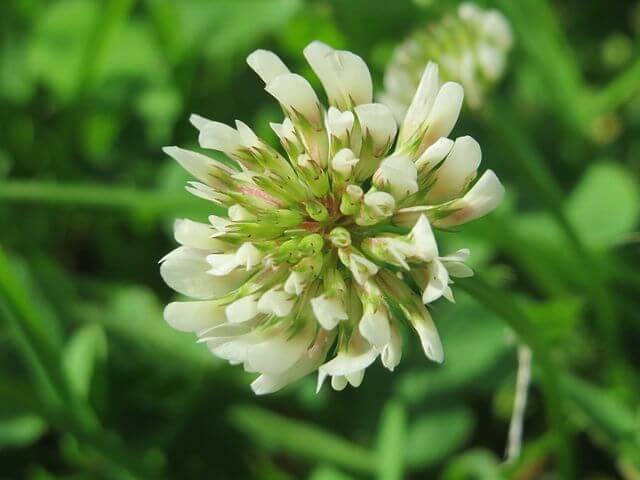
Editor’s note: This article was originally published in May 2019. Updated April 2022. White clover (Trifolium repens) is a low-growing perennial plant that’s native to Europe and Central Asia. It’s one you’re likely very familiar with, as it has been naturalized all over the world as a common lawn plant. Its most distinguishable features […]
Stinging Nettle, an Interesting Herb with Many Virtues
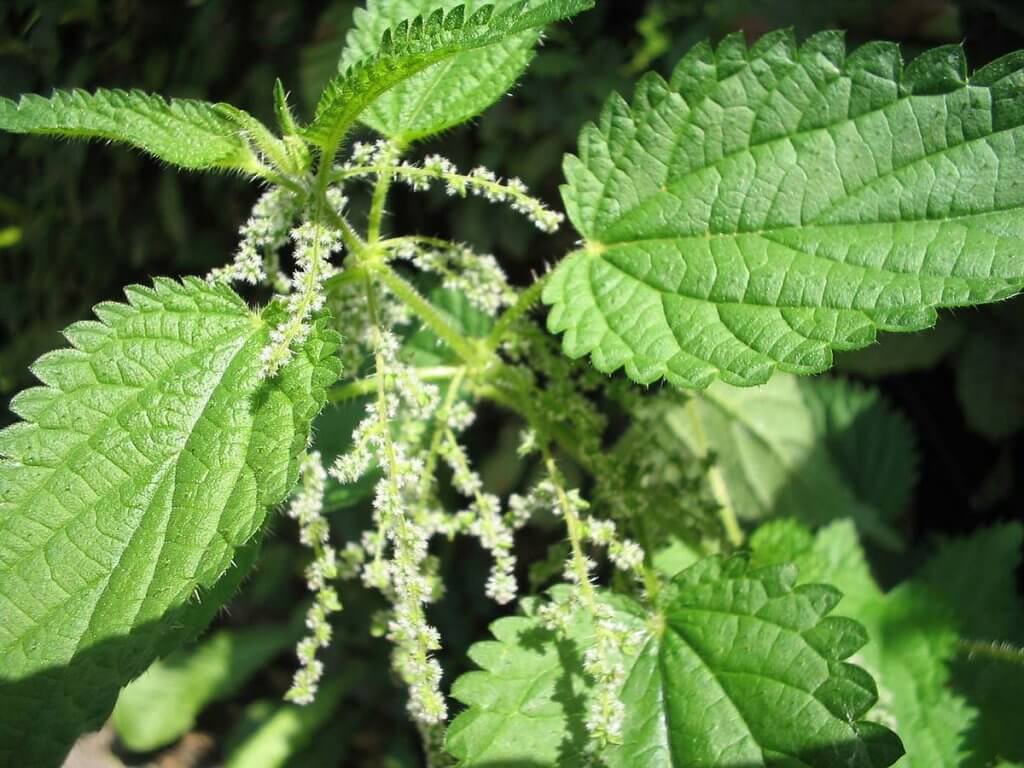
Stinging nettle (Urtica dioica) is usually dismissed as a harmful weed due to its stinging hair. But in reality, this plant is actually one of the most beneficial and nutritious wild edibles out there. In some cultures, stinging nettle has even been used as a traditional medicine and food source since ancient times. This vitamin-rich […]
Rosemary, a Prized Culinary and Medicinal Herb
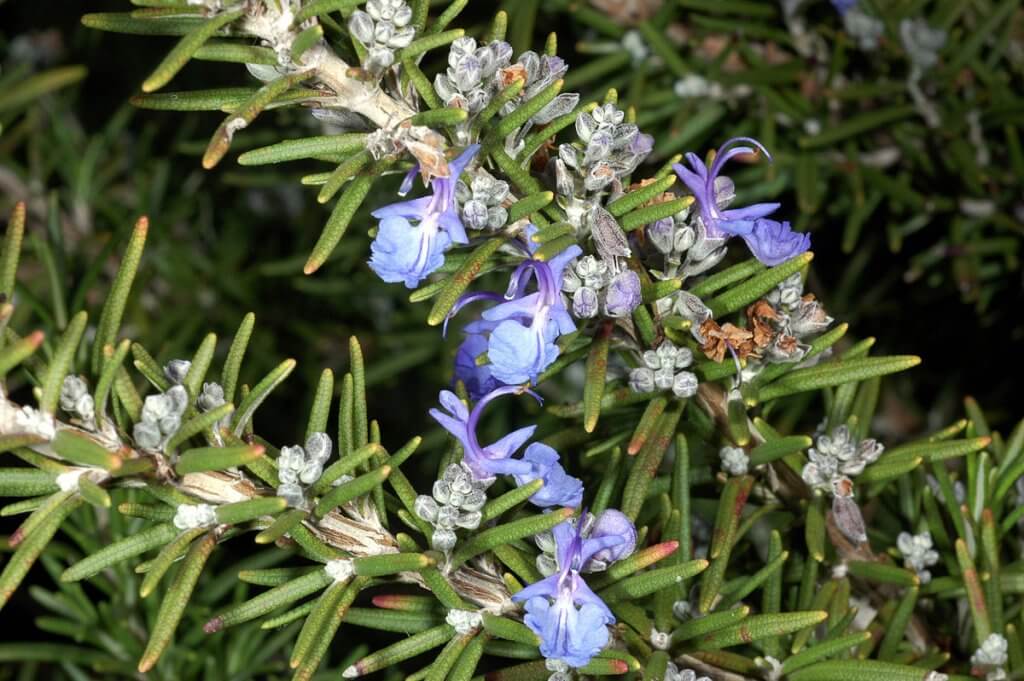
Rosemary (Rosmarinus officinalis) is a perennial herb which belongs to the mint family. Most people recognize rosemary as a famous culinary herb. Additionally, it also has some medicinal uses in addition to its various culinary uses. Rosemary is native to the Mediterranean region and some parts of Asia. However, due to its popularity, this herb […]
Red Clover, a Powerful Herb with Great Healing Powers
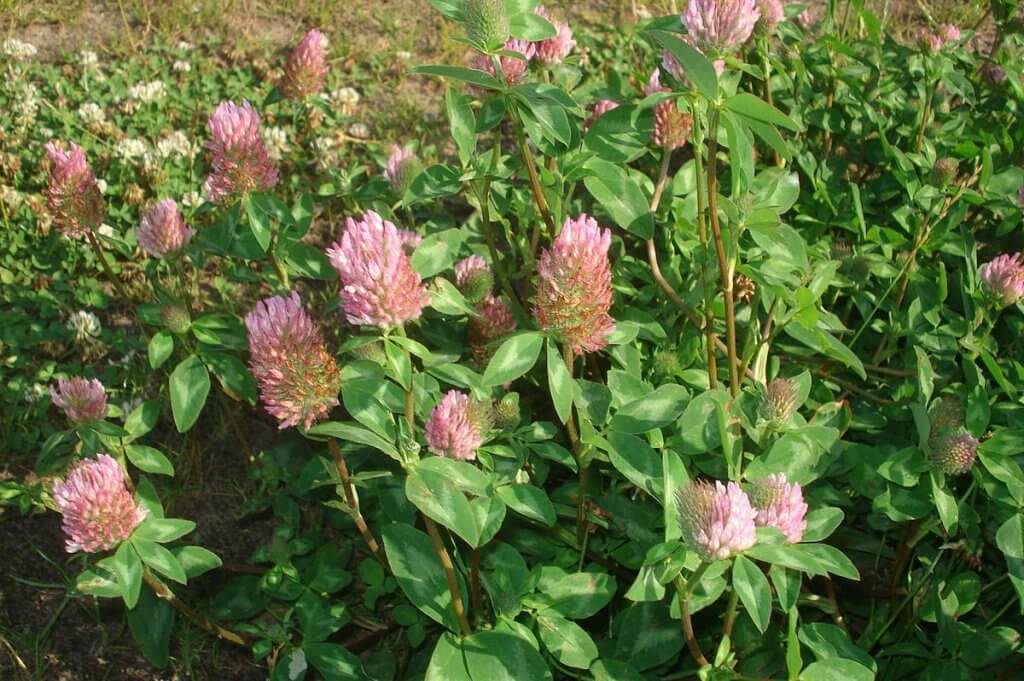
Red clover (Trifolium pratense) is a wild edible that has distinctly beautiful red round flowers. It’s a herbaceous perennial plant that’s native to Europe, western Asia, and northwestern Africa. But, due to its beauty as well as culinary and medicinal uses, this plant has been naturalized in almost every region of the world. As mentioned […]
Kudzu, an Invasive Weed with Hidden Virtues
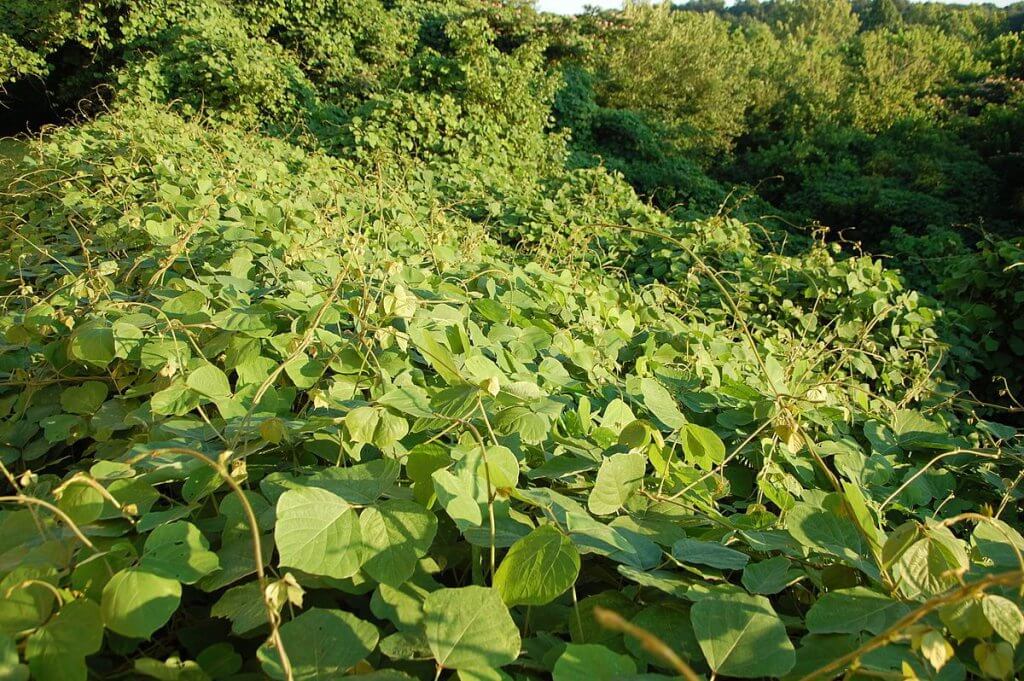
Kudzu (Pueraria Montana), also known as Japanese arrowroot, is a perennial blossoming vine that is native to large areas of Southeast Asia. This plant was originally brought over to the US from Japan in the 1800s to be cultivated as livestock feed. Farmers were encouraged to plant fields of Kudzu before its invasive nature was […]
Indian Cucumber, Tasty Edible Roots with Many Virtues
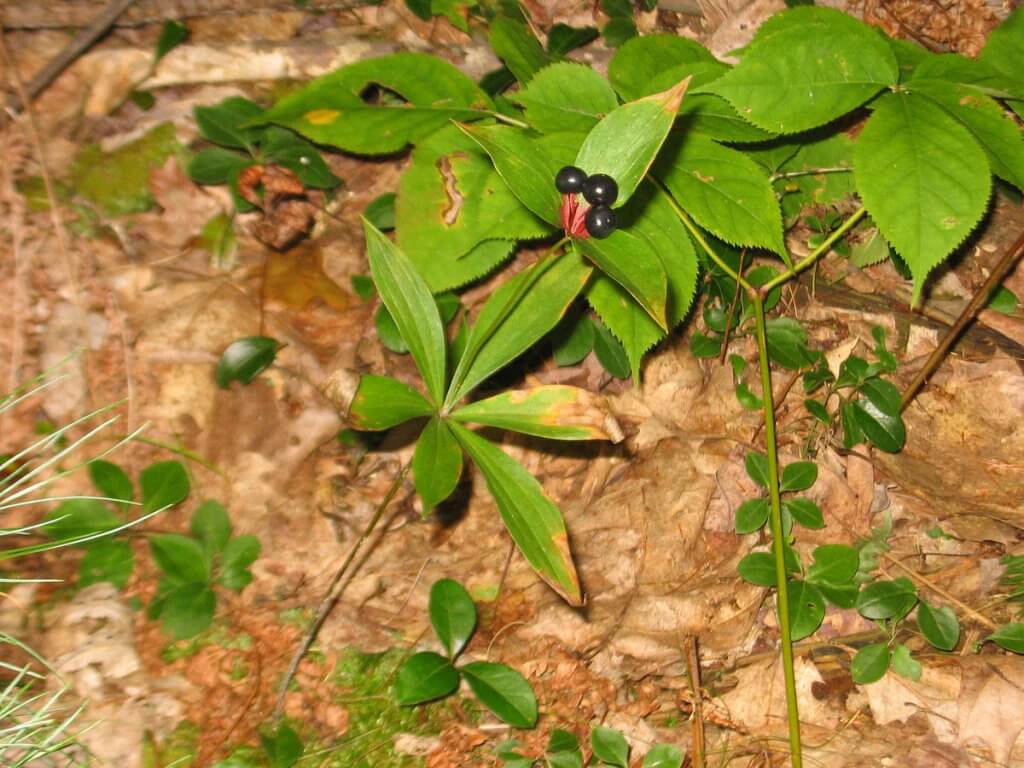
Much like may other plants in the Lily (Liliaceae), Indian cucumber (Medeola virginiana) is a good wild edible. Indian cucumber is a perennial plant that’s native to eastern North America. This plant got its name from the fact that it tastes and smells almost exactly like cucumber. Aside from its culinary uses, this plant also […]
Hops, an Essential Beer Ingredient with Health Benefits
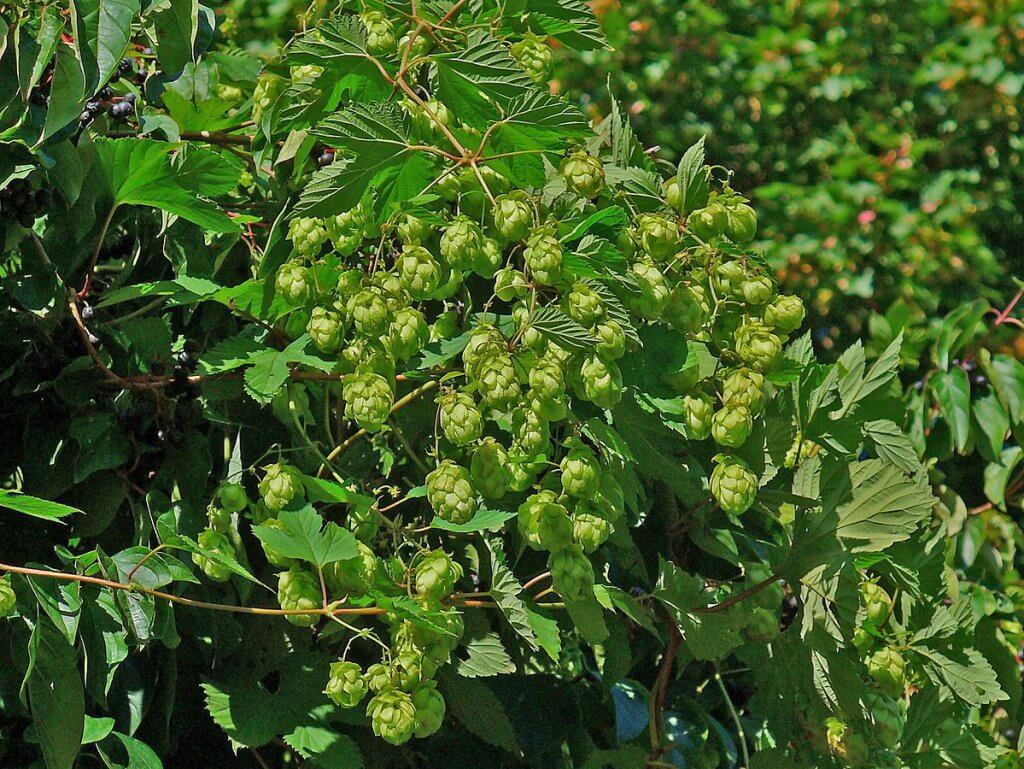
Beer enthusiasts must be familiar with this plant. Hops (Humulus lupulus) is commonly used in the beer-brewing industry. The name “hops” itself can refer to the plant as well as the female flowers from that plant. These flowers are essential for flavoring, preserving, and stabilizing beer. Hops plant is a perennial twining vine that belongs […]
Bearberry, Loved by Bears and Humans Alike
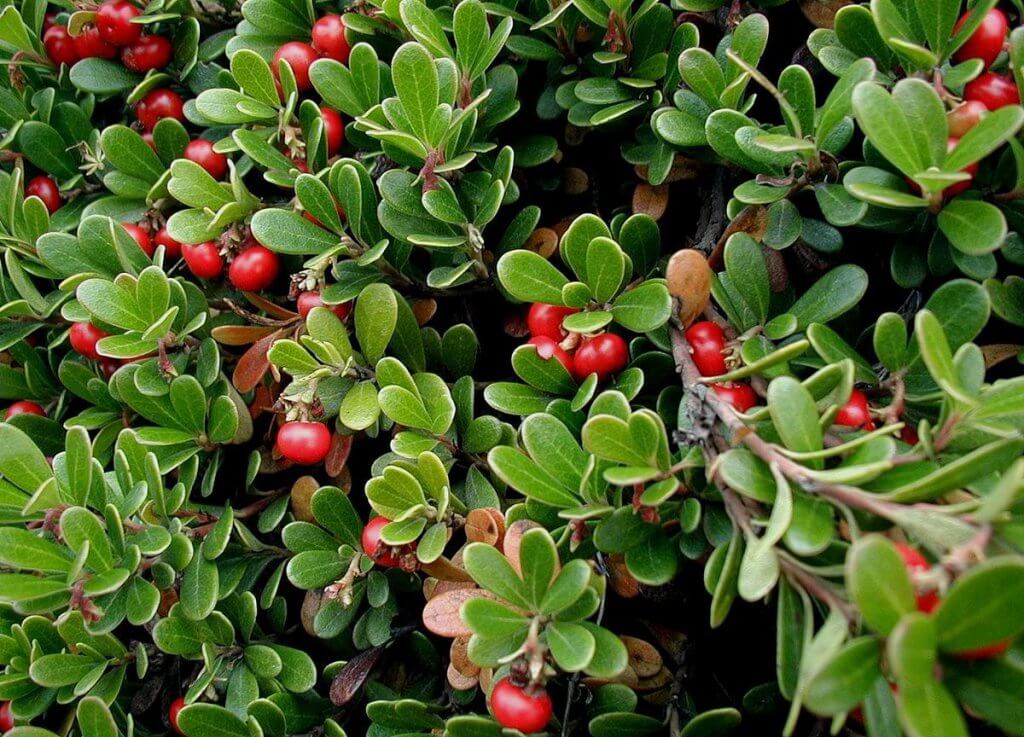
Bearberry (Arctostaphylos uva-ursi) is a dwarf, evergreen shrub that can be found growing in North America, Europe, and northern Asia. This plant can be recognized in the wild from its small, shiny red berries. These bright fruits are a favorite among woodland creatures, especially bears. They are also edible to humans and since ancient times, […]
American Ginseng, a Truly Wonderful Panacea
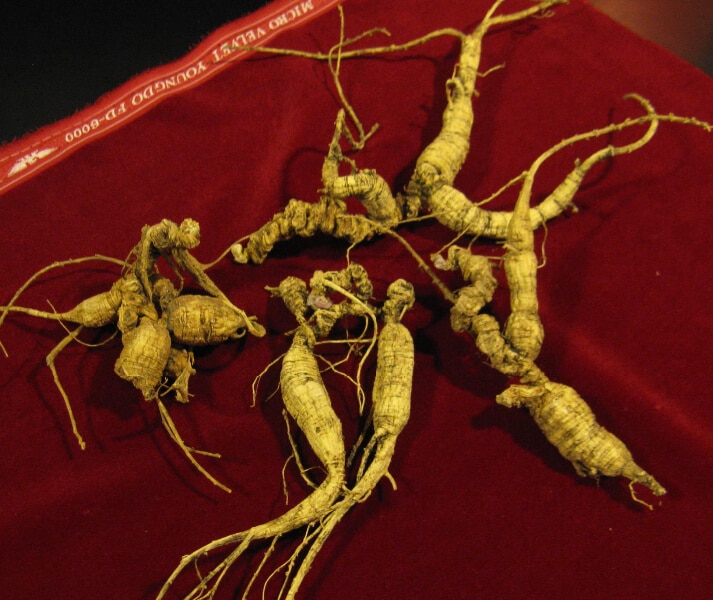
Most people associate ginseng with Asia and Asian medicine. However, did you know that there are several different types of ginseng growing in different parts of the world? One particular species is native to North America and apparently, Native Americans have been using this herb as medicine for thousands of years. American ginseng (Panax quinquefolius) […]
Yarrow, a Delicious and Nutritious Panacea
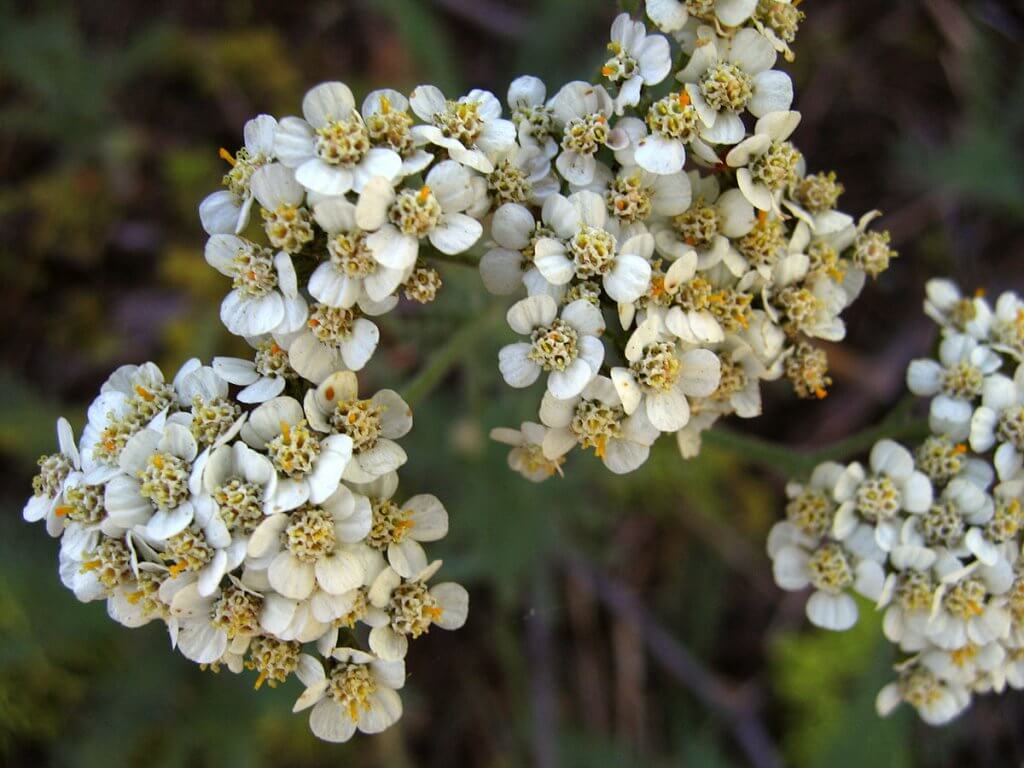
Known for its lovely flat blooms and classic beauty, yarrow (Achillea millefollium) is a common garden perennial. Aside from that, it’s also popular for its amazing medicinal qualities. Some herbalists have even dubbed yarrow as a herbal panacea. This plant is commonly found in the temperate climate of the Northern hemisphere. It’s native to Asia, […]
Wood Betony, a Fascinating Herb with Many Benefits
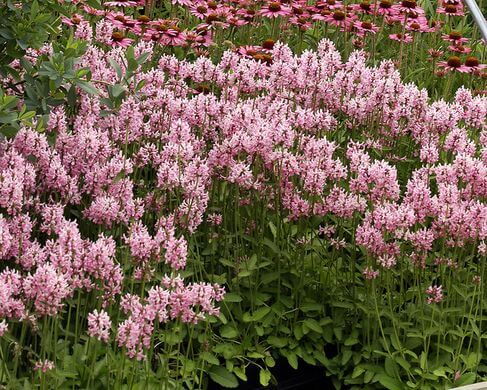
Wood betony (Stachys officinalis) is a perennial grassland herb that’s native to Europe, Western Asia, and Northern Africa. At first glance, people might dismiss wood betony merely as a pretty ornamental plant. However, this plant actually has a strong reputation of being a panacea since ancient times. People claim that this herb can cure anything, […]
St. John’s Wort, a Vibrant Edible Great for Depression
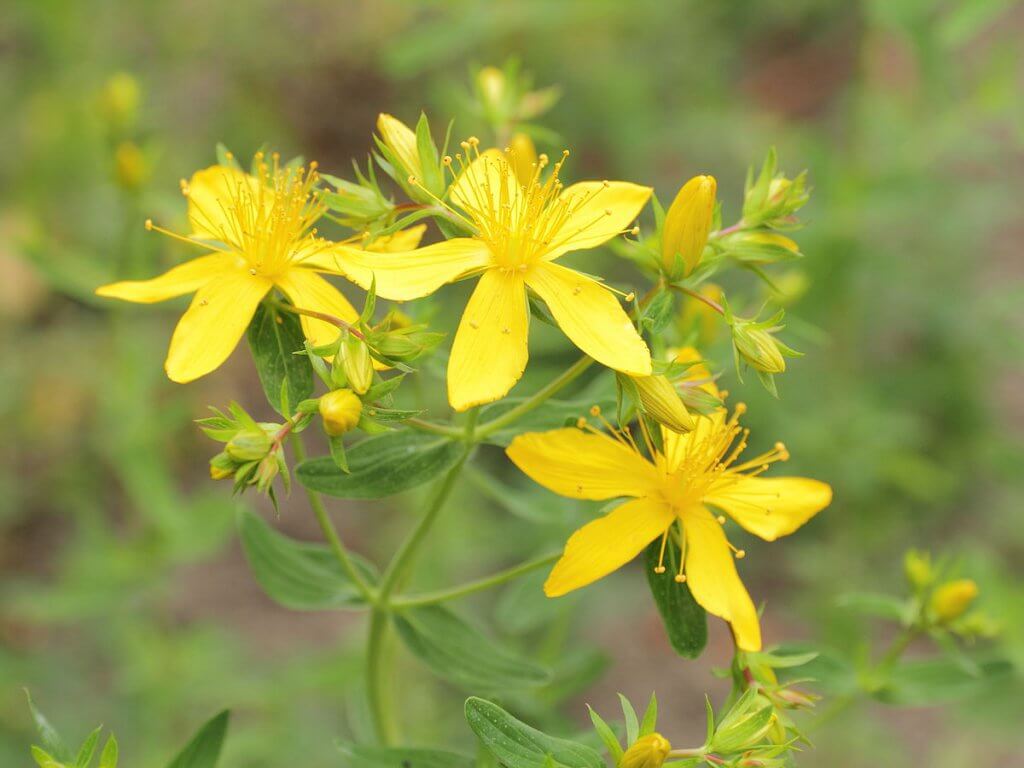
St. John’s wort (Hypericum perforatum) is a flowering perennial plant that’s native to Europe. This plant can be distinguished by its yellow, star-shaped flowers which were said to first appear on St. John the Baptist’s birthday. For centuries, this plant has been used as a herbal remedy, mainly for skin problems, depression, and other mental […]
Motherwort, Calming and Relieving the Anxious Mind
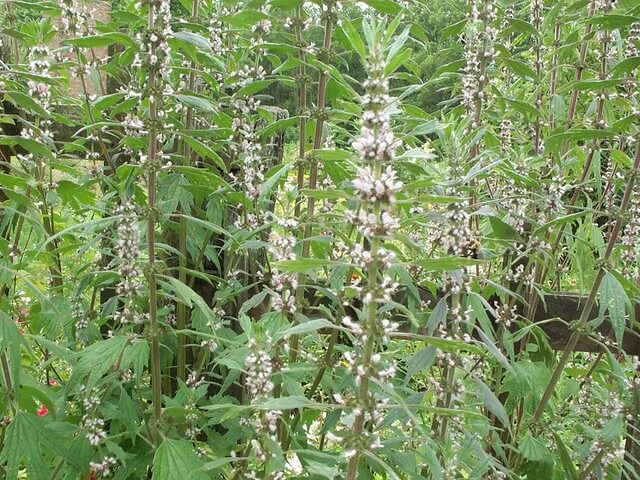
Motherwort (Leonurus cardiaca) is an herbaceous perennial plant that belongs to the mint family. This herb is native to Eurasia, but it can be found cultivated all around the world as an herbal remedy. Motherwort is most commonly used to treat heart diseases and women’s disorders. In the wild, they can be found easily in […]
Marsh Mallow, the Sweet Edible that Inspired the Candy
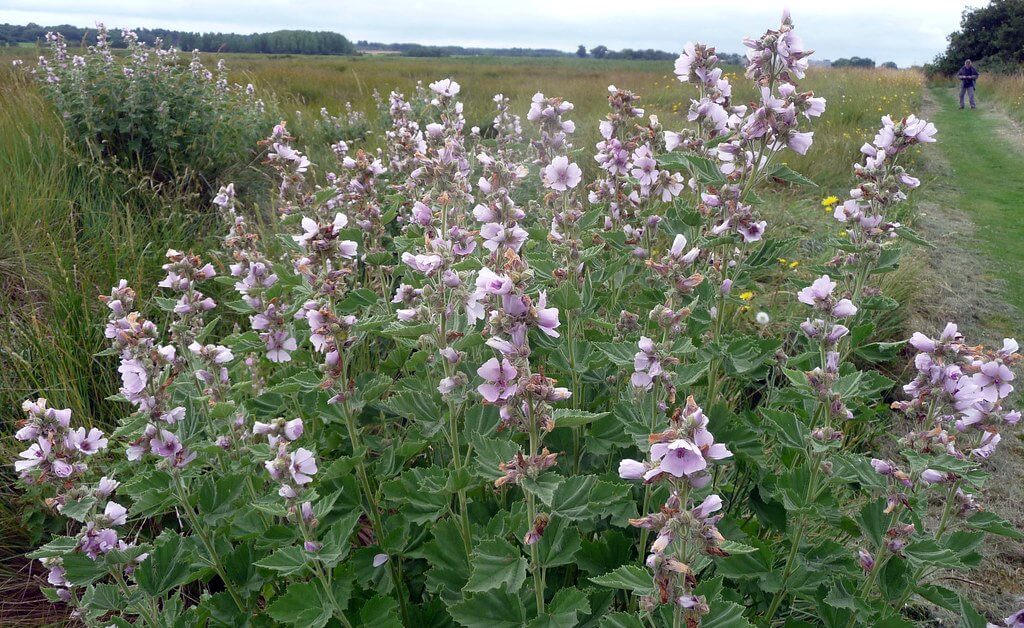
When you hear the word “marshmallow”, you will definitely think of a puffy, white candy. And while you wouldn’t be wrong, did you know that there’s a marsh-mallow plant (Althea officinalis)? This plant inspired the texture of the modern sweet treat. Ancient Egyptians used to make the dessert by mixing honey and nuts with the […]
Marjoram, an Aromatic Herb with Many Medicinal Uses
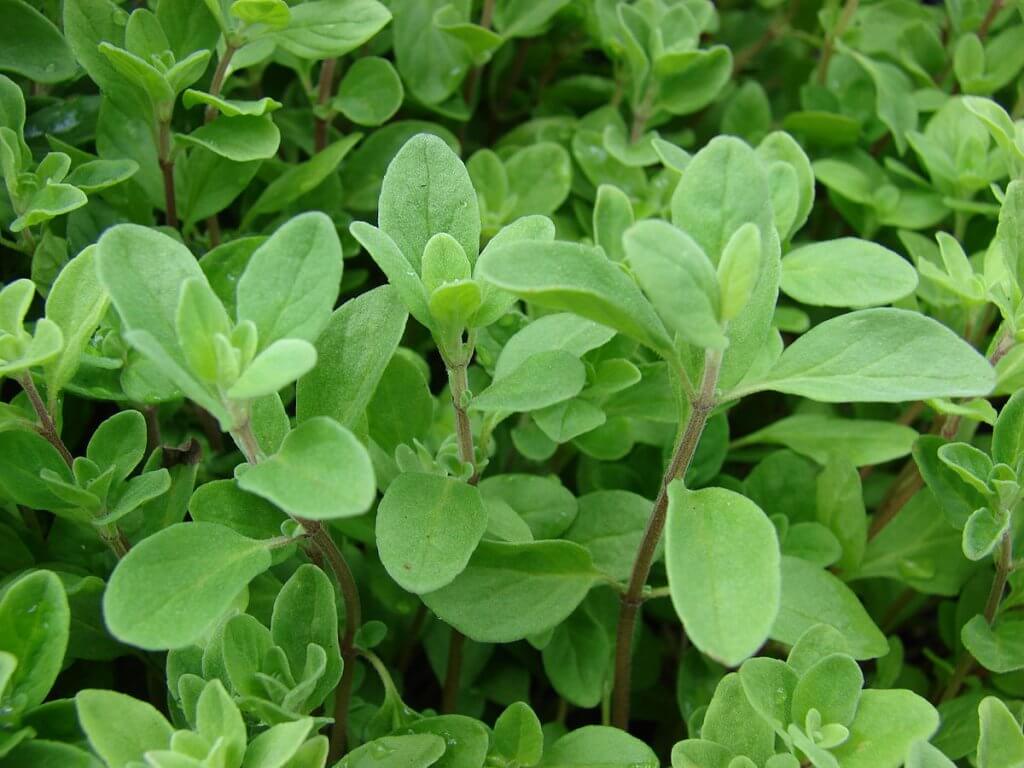
Often confused for oregano, its cousin, marjoram (Origanum majorana) is a wonderful aromatic herb on its own. Marjoram is a perennial herb that’s native to Western Asia and the Mediterranean region. It’s cultivated all around the world for its culinary and medicinal benefits. Edibility and culinary use Marjoram is often used as a substitute for […]
Elderberry, Tasty and Packed with Nutrients
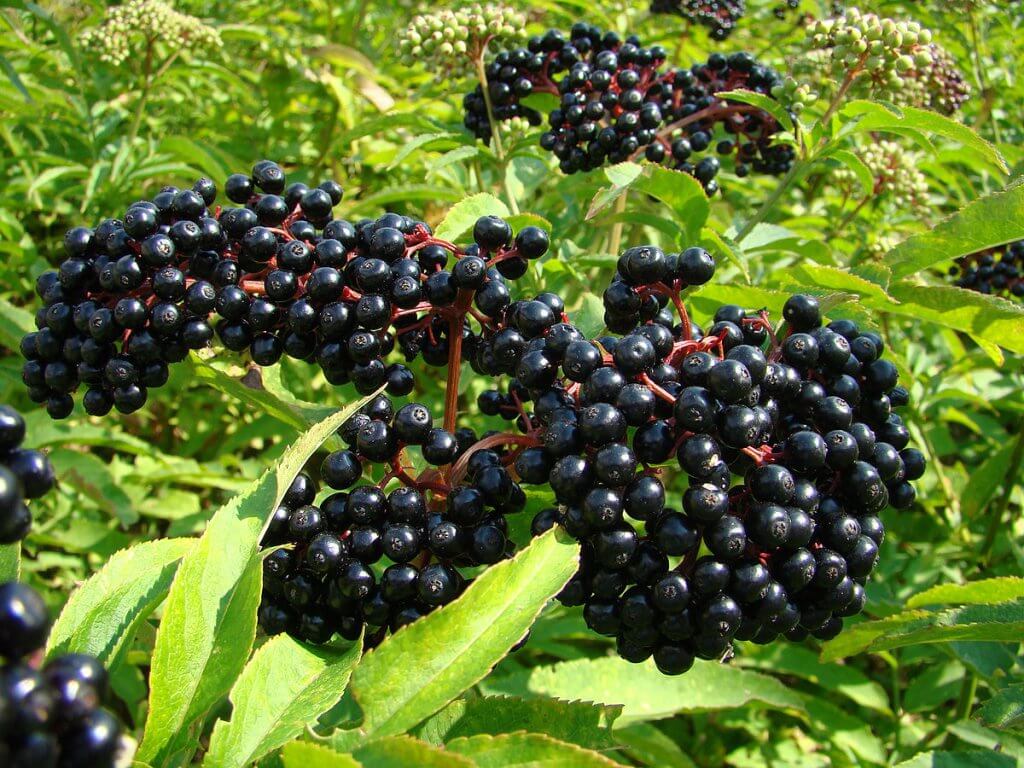
Elderberry (Sambucus canadensis), also known as American black elderberry or common elderberry, is a shrub that can easily be found throughout North America. It’s known for its delicious, dark purple berries and lacy white flowers. Elderberries and elderflowers are famous for their culinary and medicinal uses. Edibility and culinary use Almost all parts of this […]
Echinacea, the Gorgeous and Useful Purple Coneflowers
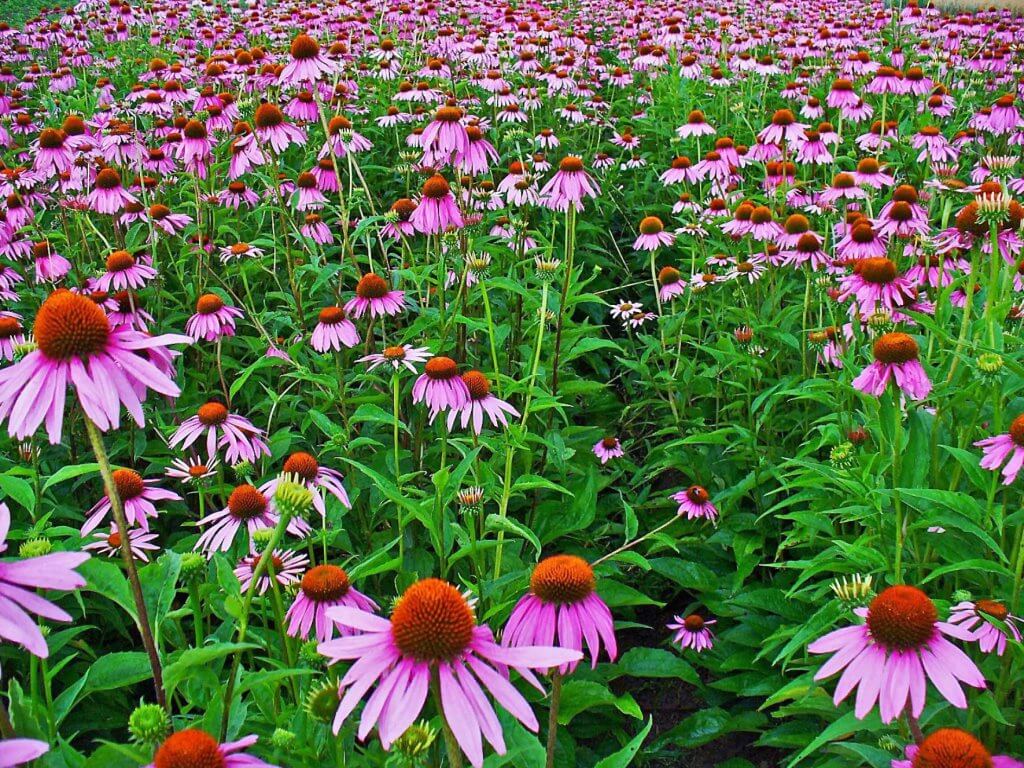
Purple coneflowers or echinacea (Echinacea purpurea) boomed into popularity in the 1990s and early 2000s. This North American herb gained attention due to its medicinal benefits. At the height of its popularity, this herb can be found easily in pharmacies in the form of herbal supplements and as a part of various medications. Now echinacea […]
Blue Skullcap, a Small Medicinal Herb that Packs a Punch
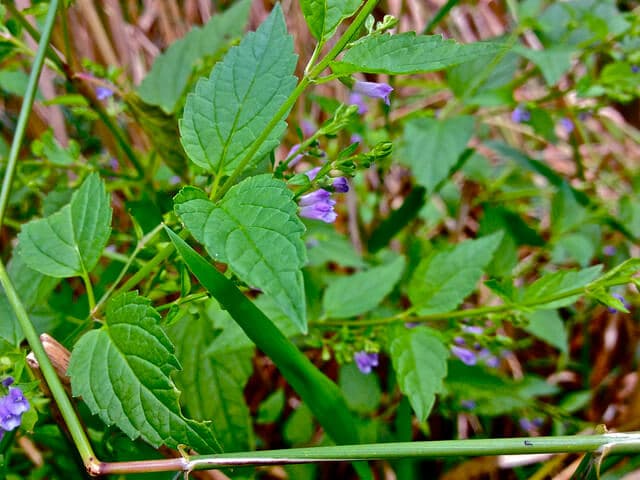
Hearing the word skullcap, people might immediately think of helmets or even skeletons. However, the blue skullcap plant (Scutellaria lateriflora) is none of those things. Blue skullcap is a hardy perennial plant that belongs to the mint family. It’s native to North America and it has been cultivated for its medicinal properties. This plant got […]
American Witch Hazel, an Underrated Herbal Remedy
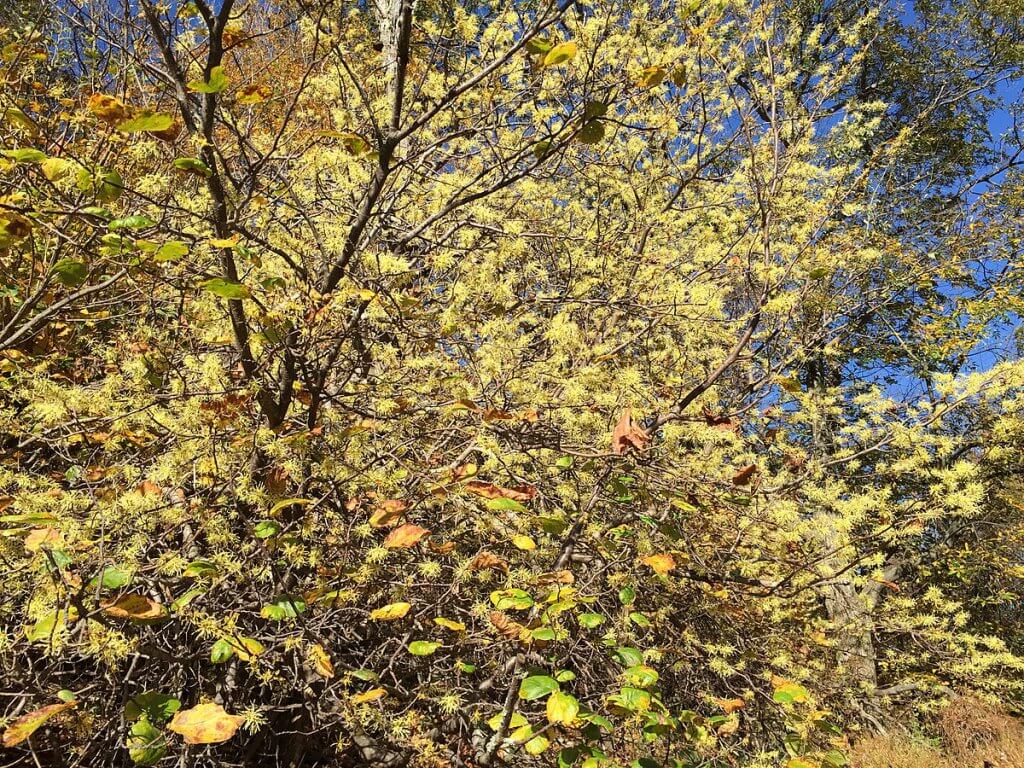
Despite being useful, the American witch hazel (Hamamelis virginiana) is a very underrated plant. This flowering plant can be found growing across North America. Additionally, it’s been used to make a homeopathic remedy for skin problems and inflammations for centuries. Various Uses Witch hazel leaves, bark, and twigs are boiled and distilled to make medicine. […]
Musk Mallow, Dainty and Elegant Yet Very Nutritious
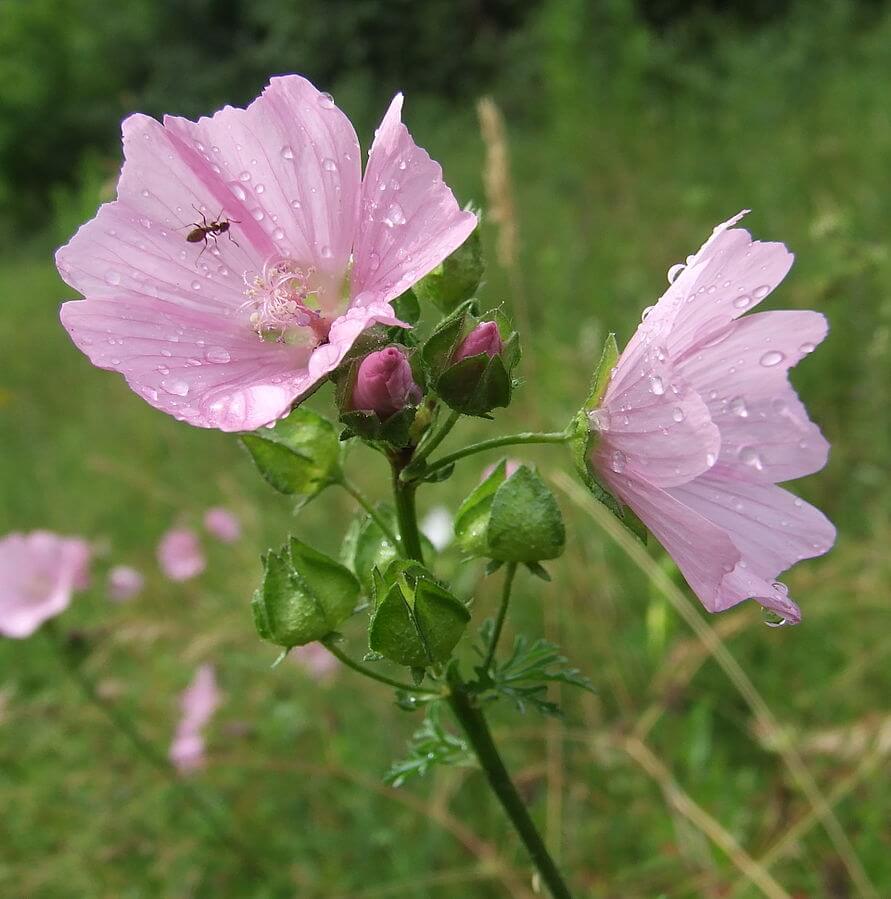
With delicate pink flowers, you might not have guessed it, but the beautiful musk mallow plant (Malva moschata) is edible. In fact, all parts of this plant are edible and good for your health. This includes its roots, leaves, flowers, and seeds. This elegant perennial plant is native to the British Isles, mainland Europe, and […]
